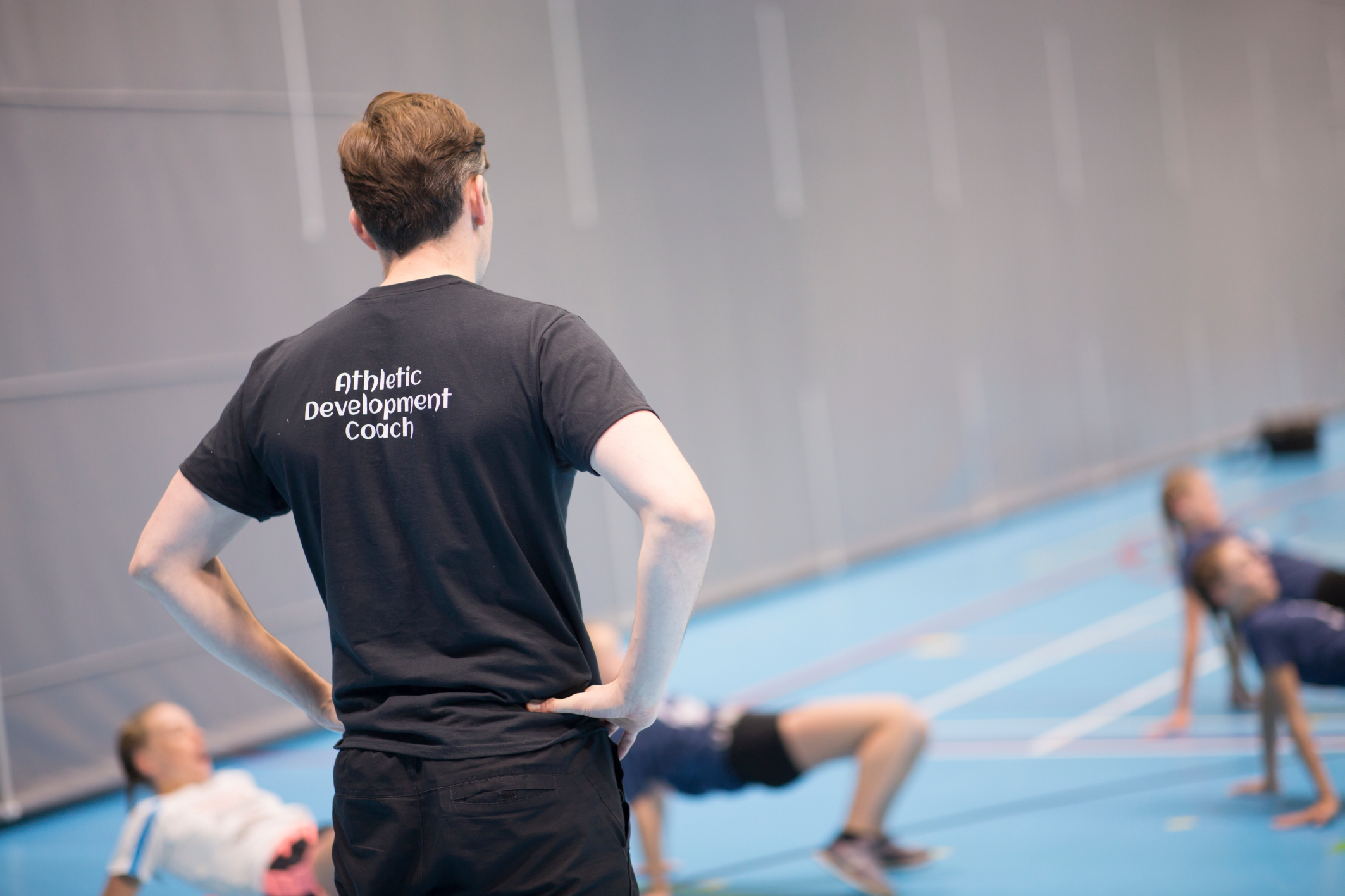Smash your running PB with S&C!

Summary:
- Stronger and more resilient muscle and connective tissue through resistance training methods
- Enforces good posture and good positions for upright running technique
- Improve the stretch-shortening qualities of the tendons (lower body)
- Improve running economy, faster ground reaction times
- Plyometric and resistance training are the most studied and beneficial
- A properly structured programme improves muscle balance and reduces risk of injury
If you look at the training programmes of endurance runners, there is undoubtedly a large volume of training involved in order to increase mitochondria, capillarisation, improved fuel utilisation etc.
As an S&C coach, I need to look at what I can add to the athlete’s programme in order for them to improve their running, but this can be a difficult task when there is such a high volume of aerobic work involved! The simple solution (that many choose), is to purely use running training to improve performance but there are much smarter ways to complement your endurance work!
The case for including targeted S&C work is overwhelming and there are many benefits of including regular S&C training in your programme.
The first major benefit of strength training for endurance runners is improved running economy. There have been several studies using strength training interventions that have showed significant improvements in both running and cycling economy. Following these interventions, the subjects were able to perform the same speeds at lower relative intensities (lower energy cost at the same speeds!). This would suggest that there would be more left in the tank during a race!
Improved movement efficiency is a valuable benefit for endurance runners, not only for performance improvements but also for reducing risk of injury. The incredibly high number of repetitions of the same movements performed during training in all endurance sports has a habit of bringing on overuse injuries. We can help to reduce the chance of this happening by improving the quality of each movement.
OK, so I’ll give you an example… the key movement for a runner is the flexion and extension (bending and straightening) of the ankle, knee and hip joints. What you often see is knee valgus or inward movement of the knee upon striking the floor in each step. This increases risk of overuse injury at the knee joint. If we were to implement some form of squatting movement which involves ankle, knee and hip flexion/extension, we can focus on improving the ability to maintain optimal alignment between these three joints. This would then help to improve the runner’s movement efficiency during training, thus reducing injury risk!
Strength training elicits structural changes within the body which are highly beneficial for runners. Stronger bones, muscle tissue and supporting structures such as the tendons, ligaments and other connective tissue improves the overall robustness of the athlete. We can also condition key areas that are more likely to be affected by high volumes of training (foot, ankle, knee, and hip) so that they can tolerate higher levels of stress from training.
Exercises that enforce good postural positions such as overhead squats, will help with running technique by encouraging an upright running position. This can be reinforced by other popular drills such as A-march/skip etc., so that a more efficient running position is developed and there is a good balance/alignment across key joints.
Suitably progressed jumping, landing and rebounding or plyometric work can elicit fantastic improvements in a runner’s performance. A springy/reactive runner will be much more efficient with every step which over the course of a race, makes a HUGE difference!
The key here though is to progress them correctly which is where the knowledge and experience of a professional S&C coach will help to guide you through this process. Too many runners jump into the deep end straight away with the ‘sexy’ high intensity plyometrics without the appropriate progressions in place. The same is true for strength exercises where people end up back squatting immediately with poor movement and excessive load. This increases your risk of injury and adds unnecessary stress to the body, on top of the high-volume running workouts!
So, my message to you would be, if you want to take your running performance to the next level, INVEST in an experienced and suitably qualified (UKSCA Accredited) strength and conditioning coach who works with athletes day in, day out. They should know exactly how to make you stronger (and I don’t mean chasing back squat numbers), more robust and a more reactive runner who is able to make BIG improvements!
If you have any questions, please get in touch at [email protected] We’d love to hear from you!
